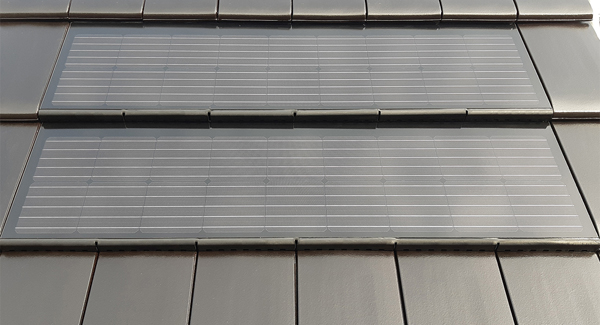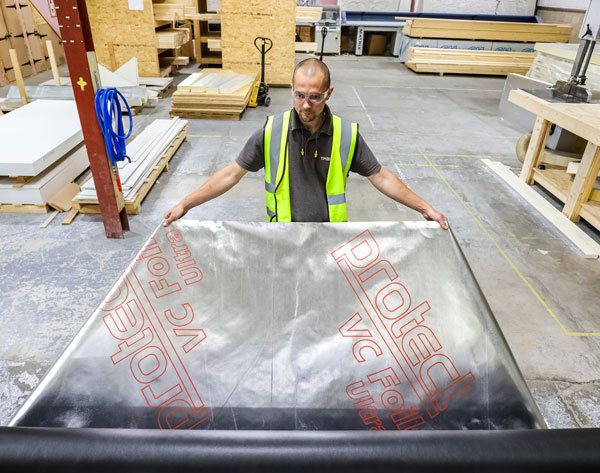The importance of incorporating robust waterproofing solutions in public sector projects

Designing and constructing future-proof social houses, which will serve their occupants for years to come and will not cause issues to the building users and building owners is paramount. Even with the most innovative design, the building is as good as the materials used in its construction, with roofs demanding special attention from architects and builders alike.


















